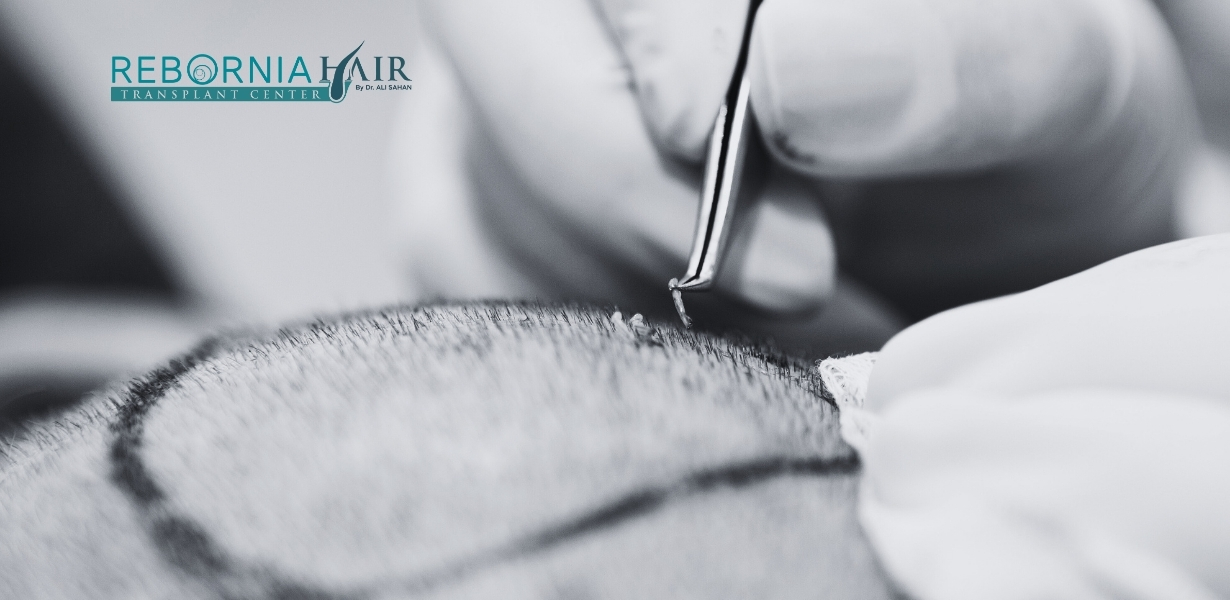

Deciding to get a hair transplant is a big step, and one of the most common questions people ask is, "How many hair grafts do I need?" The answer depends on several factors, such as the stage of hair loss, your hair characteristics, and the type of transplant method. In this guide, we'll help you understand hair grafts and how to calculate the number you might need to achieve your desired results.

A hair graft is a section of tissue that contains hair follicles, which are harvested and transplanted into areas experiencing hair loss. Each graft can contain between 1 to 4 hair follicles, depending on the individual's hair characteristics.
Balding Pattern: The stage of hair loss, typically assessed through the Norwood or Ludwig scale, is crucial in determining the number of grafts needed.
Donor Area Availability: This refers to the area of the scalp (usually the back and sides) where hair follicles are harvested. A strong donor area can provide enough grafts for a successful transplant.
Patient Goals for Their Hairline: The desired hairline shape and density play a role in how many grafts are needed.
Hair Characteristics: Thicker, coarser hair often requires fewer grafts to achieve a fuller look, while finer hair might need more grafts.
Understanding how many grafts you might need is often based on scales like the Norwood Scale (for men) and the Ludwig Scale (for women). Below are tables for each scale:
Norwood Scale | Operation Needed? | Location | Number of Grafts |
| 1 | No | N/A | 0 |
| 2 | Yes | Temples | 800 – 1500 |
| 2a | Yes | Centre | 800 – 1500 |
| 3 | Yes | Front and temples | 1000 – 2500 |
| 3a | Yes | Front and crown | Front: 1000 – 2500, Crown: 800 – 1500 |
| 4 | Yes | Front and crown | Front: 1500 – 3000, Crown: 1000 – 2000 |
| 4a | Yes | Front | 1500 – 3000 |
| 5 | Yes | Front and crown | Front: 1800 – 3500, Crown: 1500 – 2500 |
| 5a | Yes | Front and crown | 2500 – 4500 |
| 6+ | Yes | Front and crown | Front: 2000 – 4500, Crown: 1500 – 2500 |
Ludwig Stage | Average Number of Hair Grafts Needed |
| 1 | 1000 – 1800 |
| 2 | 1200 – 2500 |
| 3 | 2500+ |
The safe donor area is typically the back and sides of the scalp, where hair is more resistant to balding. This area provides the grafts for the transplant and is assessed carefully to ensure there are enough healthy follicles for the procedure.
Yes, the number of grafts required can vary depending on the method:
DHI (Direct Hair Implantation): Uses a specialized pen-like tool for precise placement, which might require fewer grafts as it aims for denser results.
FUT (Follicular Unit Transplantation): Involves harvesting a strip of skin with hair follicles, typically yielding a high number of grafts.
FUE (Follicular Unit Extraction): Harvests individual grafts, which can be customized for different areas and might require more grafts depending on the desired coverage.
Women experience a different pattern of hair loss, often diffuse thinning rather than distinct balding patches. The Ludwig Scale is commonly used to determine the level of hair thinning in women, as outlined in the table above. Women may also benefit from methods that allow for minimal shaving, such as the DHI technique, which preserves existing hair length.
Hair transplant costs can vary based on the clinic, technique, and number of grafts needed. In Turkey, the cost per graft is generally more affordable than in countries like the UK or USA. At Rebornia Hair Clinic, our pricing is transparent, and we offer competitive rates for each technique:
Technique | Price per Graft | ||
Turkey | USA | UK | |
| FUE | €1.5 – €2 | $6 – $10 | £5 – £7 |
| DHI | €2 – €2.5 | $8 – $12 | £6 – £8 |
| FUT | €1 – €1.5 | $5 – $8 | £4 – £6 |
Conclusion
If you're considering a hair transplant, understanding the number of hair grafts you need is a key part of planning. At Rebornia Hair Clinic, our team will assess your individual case to recommend the best approach and provide an accurate graft estimate based on your goals and hair characteristics.